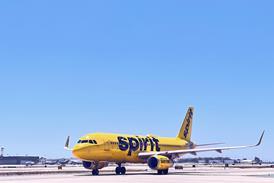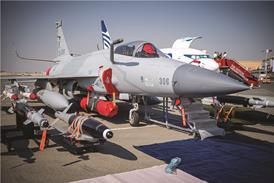Graham Warwick/WASHINGTON DC
Northrop Grumman, Raytheon and the US Air Force hope to reach agreement on the future of the stalled Radar Technology Insertion Programme (RTIP) by year-end.
The $2.3 billion RTIP was planned as an upgrade to the Northrop Grumman E-8 Joint Surveillance Target Attack Radar System (Joint STARS), but the USAF now wants to develop a modular, scaleable airborne ground surveillance radar that can be also used in the Northrop Grumman Global Hawk unmanned air vehicle and a business-jet-sized aircraft that could replace or augment the Boeing 707-based E-8s.
The shifting requirements have delayed the award of an RTIP engineering and manufacturing development (EMD) contract, originally due early this year. Northrop Grumman has been continuing work on the programme under a "pre-EMD" phase, which earlier this month was extended to the end of October.
Industry sources say the latest postponement is to give Northrop Grumman and Raytheon time to agree their respective roles in the revised programme. A previous dispute between the companies over the RTIP was resolved last year by splitting development work 50:50, with Raytheon becoming a subcontractor to Northrop Grumman with responsibility for the new active electronically scanned array radar.
Sources say the companies are close to an agreement. Northrop Grumman's priority is developing a system for the E-8 and the Airbus A321 platform preferred by NATO for its airborne ground surveillance requirement. Raytheon's interest is in a smaller sensor that can be carried by the Global Hawk, for which it is the payload supplier.

Both companies are keen to develop a system that can be carried by a business jet. Raytheon wants to use the RTIP sensor in a mid-life update of the Bombardier Global Express-based Airborne Stand-Off Radar (ASTOR) under development for the UK. Initially, ASTOR will carry the company's ASARS-2 synthetic-aperture radar, originally developed for the Lockheed U-2 and likely to be repackaged to fit in the Global Hawk.
The USAF is also interested in a business-jet-sized surveillance platform to augment, and eventually replace, the E-8s, but cannot afford to fund such an aircraft without restructuring the RTIP.
Source: Flight International























